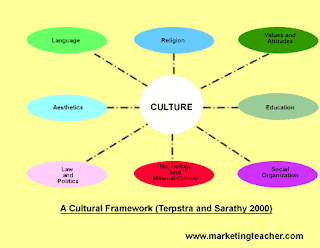Tweens are those aged between nine-twelve years old. They are usually described as those who have not yet crossed the line between becoming a teenager from a child and are there for in an in between age group. They are often going through stages of life where they are developing physically, emotionally and socially.
The term ‘Tweens’ was predominately created by marketing teams as a specific target market whose needs were not being met. This was also a innovative and modern market which would not have been around many years ago.
The tween generation carry a number of different characteristics which are visible in the modern world.
- They thrive for social time
- Enjoy taking part in activities
- They are major users of technology e.g Internet, Phones and Social networking sites
- Like to achieve goals
Tweens spend a great deal of money on products and services and are always wanting to update what they have in order to gain a higher social status which is particularly important to them. “Tweens have a spending capacity of around 61 billion Euros per year” (Solomon et al, Consumer Behaviour, Pg 438) The demographic is fairly large and growing into the future therefore this is very important for businesses to consider when designing products and services.
Overall the Tween market is growing with a higher demand therefore businesses must ensure their needs are met or they would be losing a large demographic of potential customers if they do not do so. This is also a very new modern group which allows businesses to be innovative and grow. There is a high demand for this market and it is a very large and innovative group to target products at, a Mintel report shows there are a number of children who adapting to an adult lifestyle at a very early age, "Children are developing adult-type lifestyles younger, and rejecting the traditional behaviors that would once have characterized childhood." (www.mintel.co.uk Accessed: 05/05/2011)
Here is an example of a new doll which is aimed at this target market. There are a number of things which differentiate these adverts from children and teenage adverts including characters used, environment, music and overall theme. The language used is also aimed at those who are not yet teens but are no longer classified as children.
Here is another advert which targets a new magazine to the tween market:
Here is an example of a new doll which is aimed at this target market. There are a number of things which differentiate these adverts from children and teenage adverts including characters used, environment, music and overall theme. The language used is also aimed at those who are not yet teens but are no longer classified as children.
Here is another advert which targets a new magazine to the tween market:
A Mintel report which looks into the spending habbits of teenagers within the UK shows that they tend to spend a wide range of money. "Over four in ten of those aged 11+ admit ‘I spend money without thinking’. ( www.mintel.co.uk Accessed: 05/05/2011)
Reference:
- Consumer behaviour: A European perspective: Fourth Edition:2010 Michael R.Solomon, Gary Bamossy, Soren askegaard, Margaret K. Hogg
- http://academic.mintel.com/sinatra/oxygen_academic/search_results/show&/display/id=300256/display/id=362102#hit1 ( Accessed 05/05/2011)
- http://academic.mintel.com/sinatra/oxygen_academic/search_results/show&/display/id=300256/display/id=362102?select_section=362104 (Accessed 05/05/2011)











